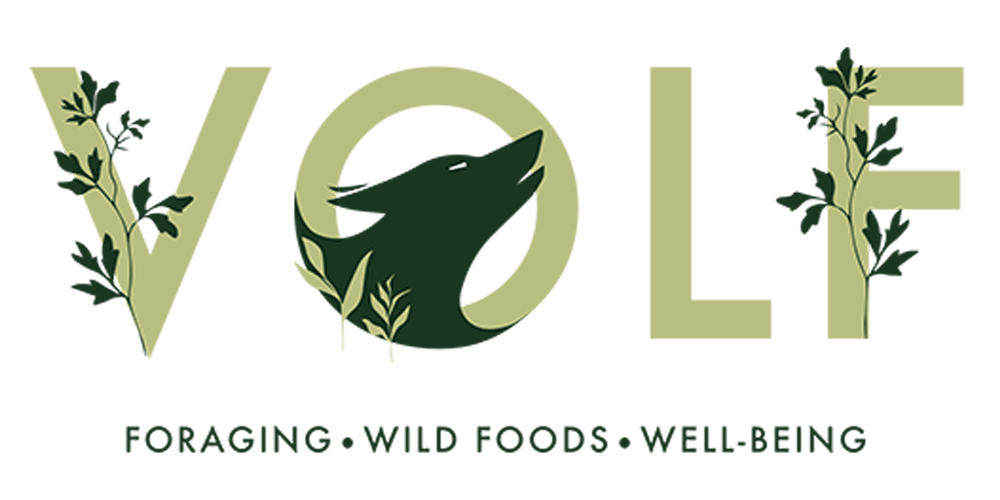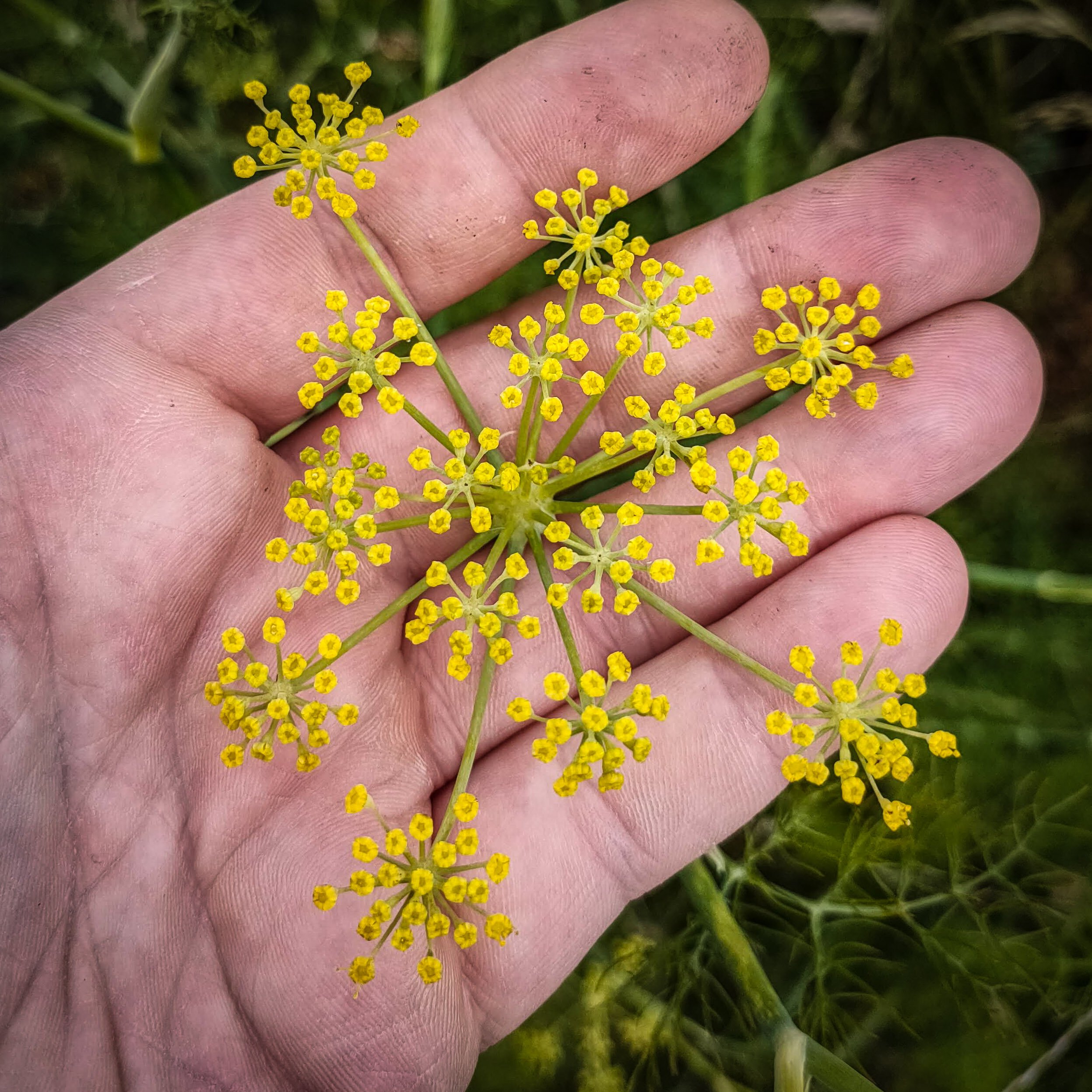Wild Fennel
How To ID Me And What I’m Good For?
My ID Features:
Leaf
Flowers
Flowers
Flower buds
In situ
Dehydrated seed
Wild Fennel
The umbellifer family are not for novice foragers, as they contain some of the world's most poisonous plants!
Latin Name - Foeniculum vulgare
Common Names - Fennel, Wild Fennel, Sweet Fennel.
Family - Apiaceae
Season - Spring - Autumn.
Edible Bits - Leaves, flowers, stems, pollen & seed.
Habitat - Grassy, disturbed ground, roadside verges, waste grounds and sand dunes. Finding a good spot away from pollutants has been our main challenge.
Possible Confusion - One should always take care when picking members of the umbellifer (carrot) family. There are some seriously toxic members in this genus. Though, in our opinion the strong aniseed smell and typical fennel leaf should be discernible.
Description - An absolutely delicious wild herb. Most likely brought to the UK by the Romans, it is well naturalised. Its common cultivars are grown for their bulbs, wild fennel doesn’t produce the same edible bulbs. The seed is smaller and in our opinion more pungent than shop bought varieties. The leaves go with just about anything, if aniseed is your thing. .
The leaf
Works particularly well with fish, pork & chicken. It pairs with many vegetables & fruits also. We love to make pesto’s & other green sauces and even add it raw to salads.
The flowers
In bud form, are great for use in lacto-fermentation and pickling, though they do pack a serious punch! Or, once opened, you can collect the pollen and eventually the seeds.
The seeds
Can be eaten raw, dried or again fermented. We prefer to pick them while they’re still green and dehydrate at home.
The stems
Often discarded by most, make excellent infusions. Such as sorbets, granitas, teas & ice lollies.
Physical Characteristics - Fennel is a perennial herb with long, green, erect stems. Growing up to 2.5 meters in height! The extremely fine leaves grow to around 30-40cm long, visually a little like dill, but much thinner. Later in the season the plant produces umbels of tiny yellow flowers. There can be as many as 50 flowers on each umbel. These later produce fruits called a schizocarp, commonly called ‘fennel seeds’.
Medicinal Qualities - Fennel contains: Fibre, Vitamin C, Calcium, Iron, Magnesium, Potassium & Manganese. Fennel also contains Polyphenol antioxidants. They are potent anti-inflammatory agents that have powerful positive effects on your health. We could probably go on and on. A true wild superfood!
Harvesting Sustainability - As with most wild plants, respect is essential. Over harvesting any one plant will inhibit seed dispersal. We’d suggest only harvesting 50% of any one plant so you can continue to enjoy your patch for many moons to come! Not to mention all the beautiful insects that inhabit fennel too.
Saftey Note
Be careful to pick away from human or animal contaminants.
Never munch on a hunch! Volf takes no responsibility for anything consumed.
















